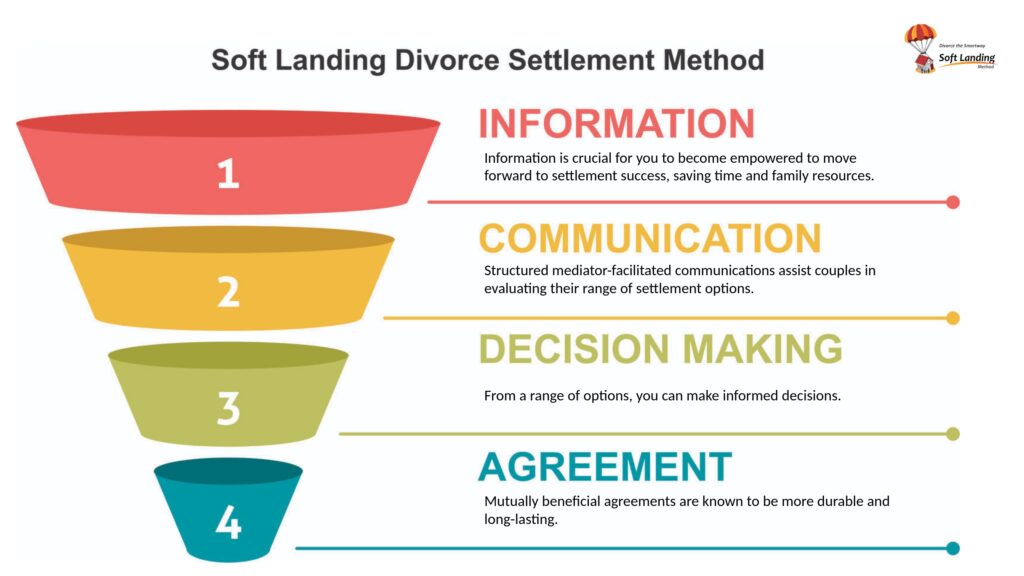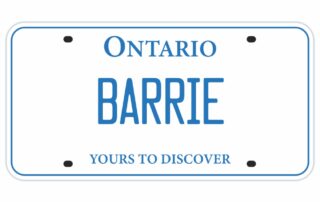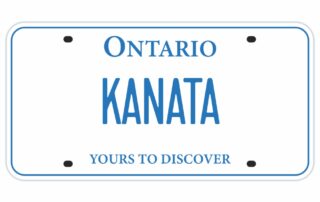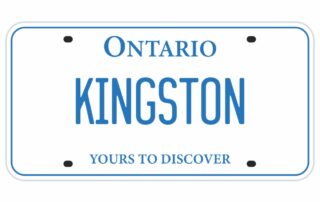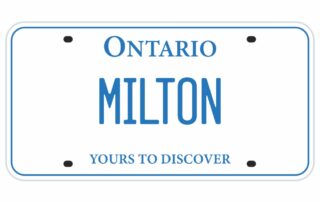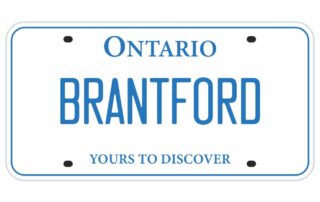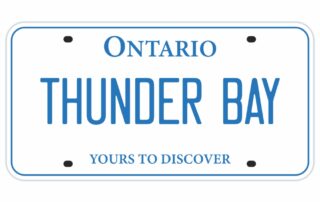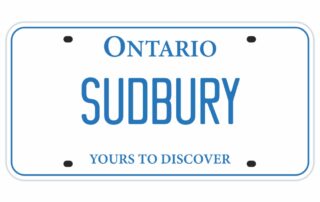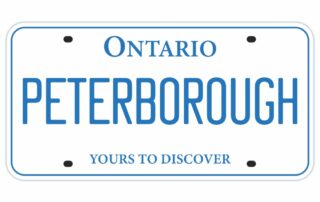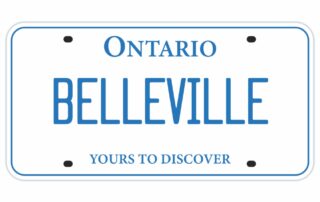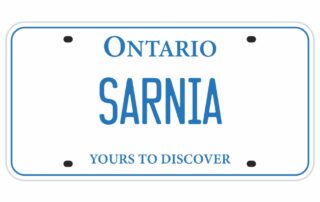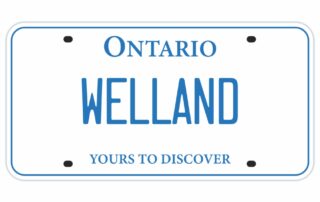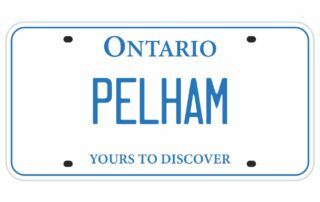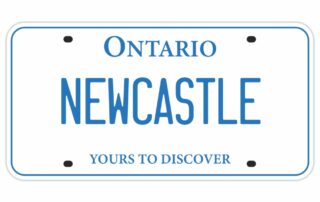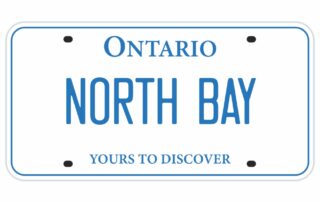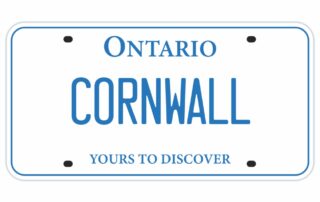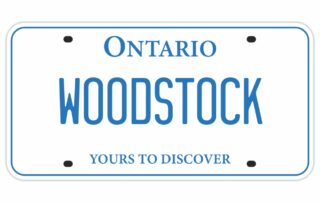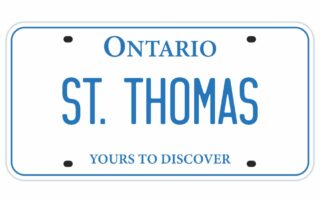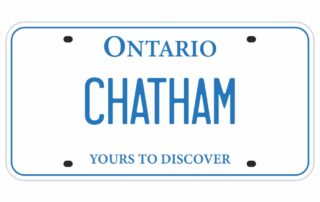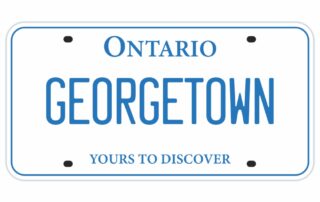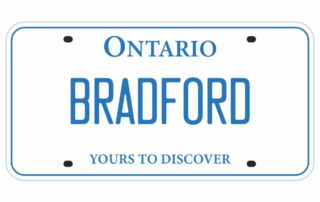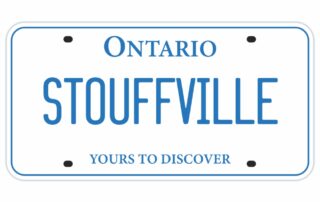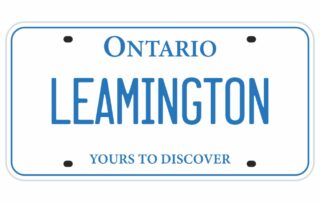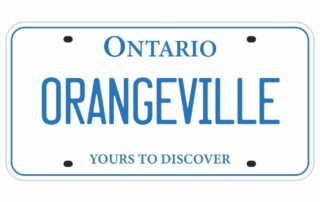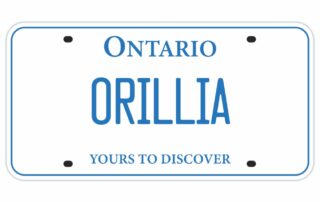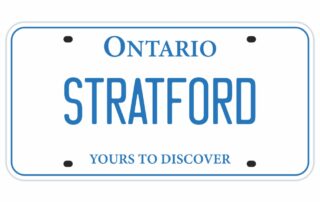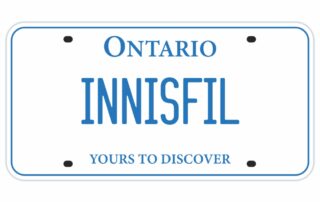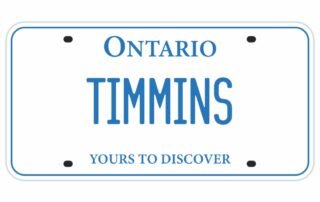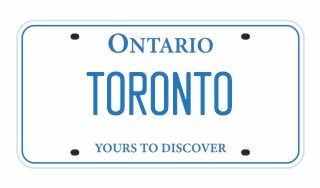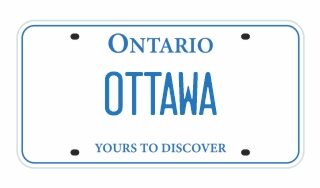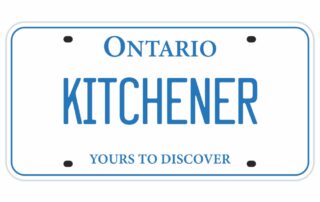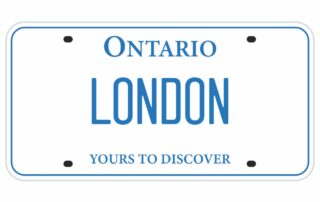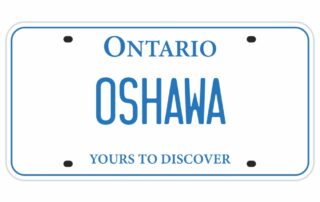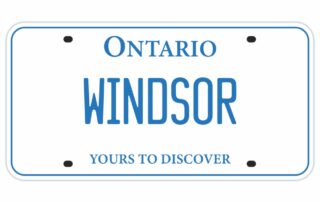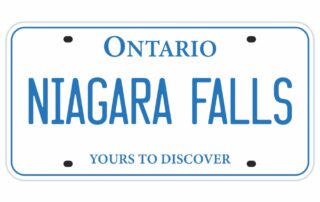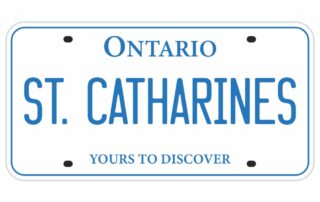How Ontario Defines Common Law Marriage

To end a common-law relationship in Canada, you simply separate and start living apart. However, you may need to resolve issues like spousal support and property division.
There’s no formal application to become common law in Ontario. It’s based on the duration and nature of your relationship
Common law starts after you’ve lived together for at least three years or have a child together and are in a relationship of some permanence.
Common law works differently than marriage in Ontario. While you don’t have automatic property rights, you may be entitled to spousal support and can make claims to property under certain conditions.
Common law in Ontario refers to a relationship where two people live together in a conjugal relationship without being legally married
To become common law in Ontario, you need to live together in a conjugal relationship for at least three years or have a child together and be in a relationship of some permanence.
You are considered common law in Ontario if you have been living together in a conjugal relationship for at least three years or have a child together and have been in a relationship of some permanence.
In Ontario, a common-law spouse is generally not entitled to property division rights like a married spouse. However, they may be entitled to spousal support.
External Links:
- Common Law Ontario: What It Means And Why It Matters – Willful: This article provides a comprehensive overview of common law in Ontario, highlighting the differences between common law and married couples.
- Assessing a common-law relationship – Canada.ca: This government resource provides legal definitions and guidelines for assessing a common-law relationship in Canada.
- Dividing property when a marriage or common law relationship ends | ontario.ca: This official Ontario government page provides information on how property is divided when a common law relationship or marriage ends.
Ken Maynard CDFA, Acc.FM
I assist intelligent and successful couples in crafting rapid, custom separation agreements that pave the way for a smooth transition towards a secure future. This efficient process is achieved in about four meetings, effectively sidestepping the excessive conflicts, confusion, and costs commonly linked to legal proceedings. Clients have the flexibility to collaborate with me either via video conference or in-person through a DTSW associate at any of our six Greater Toronto mediation centers, located in Aurora, Barrie, North York, Vaughan, Mississauga, and Scarborough.
Have a few questions - Tap here to Schedule a Get Acquainted Call


